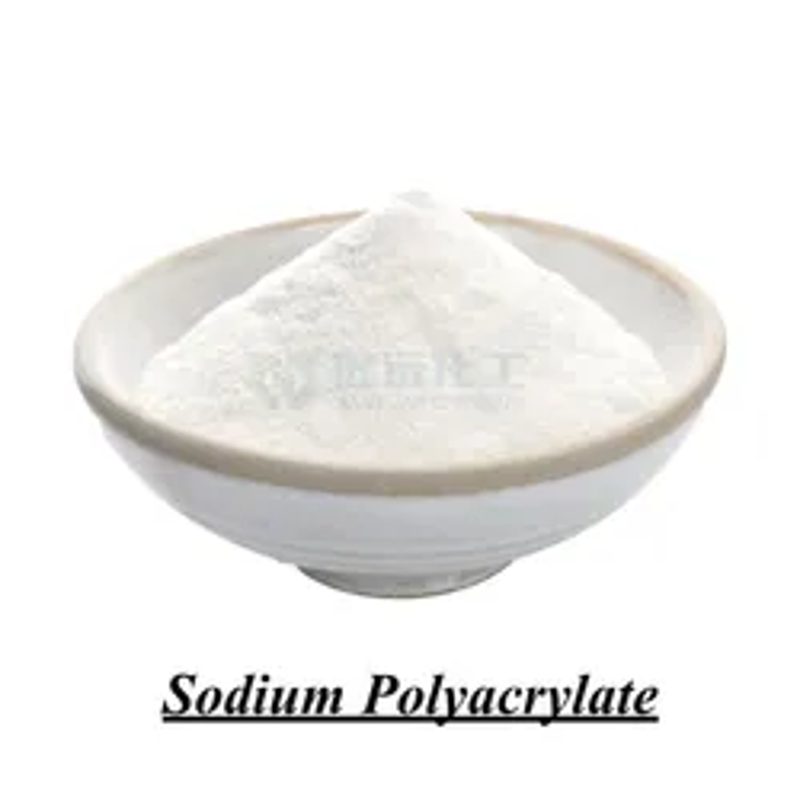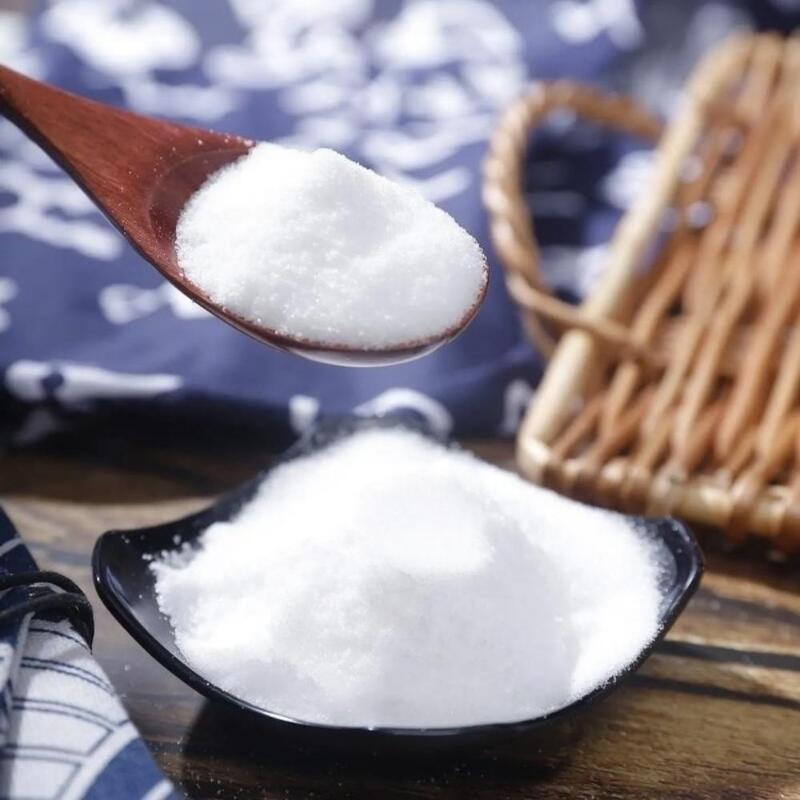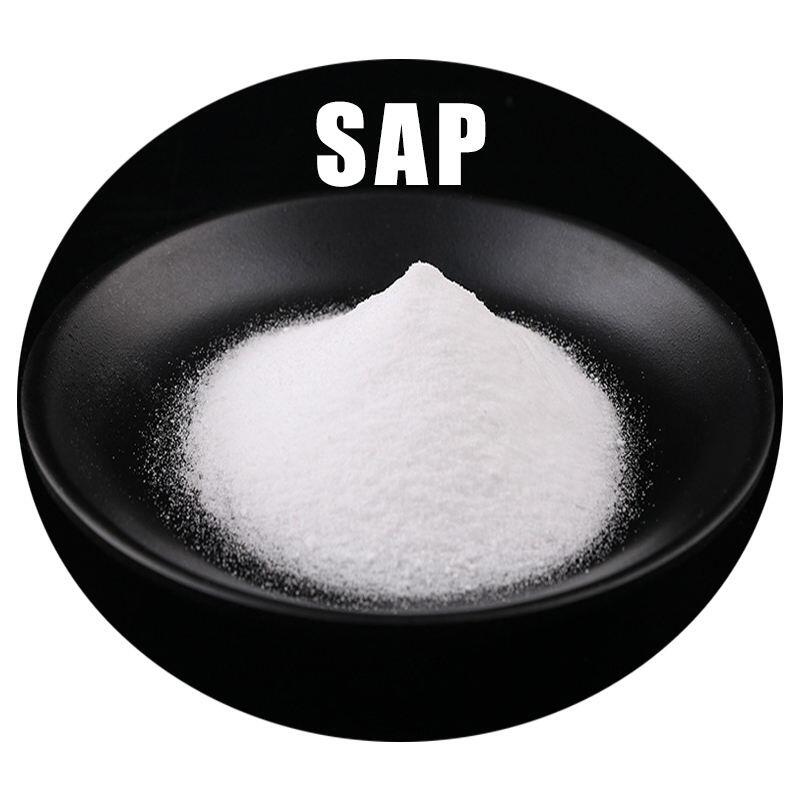-
Categories
-
Pharmaceutical Intermediates
-
Active Pharmaceutical Ingredients
-
Food Additives
- Industrial Coatings
- Agrochemicals
- Dyes and Pigments
- Surfactant
- Flavors and Fragrances
- Chemical Reagents
- Catalyst and Auxiliary
- Natural Products
- Inorganic Chemistry
-
Organic Chemistry
-
Biochemical Engineering
- Analytical Chemistry
-
Cosmetic Ingredient
- Water Treatment Chemical
-
Pharmaceutical Intermediates
Promotion
ECHEMI Mall
Wholesale
Weekly Price
Exhibition
News
-
Trade Service
Ingose extracted from processed vegetables such as walnuts and beets is expected to be a stable latex, while providing interesting new ingredients for emulsion-based foods.from Argentina and Wales:
pplue from Cucumis moschata Duch. ex Poiret
and beet
(Beta vulgaris L. var. conditiva
can maintain a stable period of
30
days through a surface rich in protein and
/
or polyphenol hydrothermical oils.extracted gels (
E440
) are estimated at
35,000,
tons per year and are now widely used as gels for jams, sweets and baking fillings, as well as stabilizers for yogurt and latex beverages.: "The purpose of this study is to study the potential use of walnuts and beet gels as potential additives in the food industry," the researchers wrote in Food Hydro Collate. Theof "phosphate" gel involves the use of non-gel enzymes, such as cellulase, an environmentally friendly alternative to industrial gels extracted from thermal inorganic acids. " details white walnut gel extracted by the enzyme method has a high degree of methyl esterification, while beet gel has a low degree of methyl esterification.chemical structure of the phosphate is a chain of repeated semi-lactate acid units.
in basic terms, semi-lactate acid has an outstretched carboxyl (
). A
structure of a CO2-) base group. In nature, a large proportion of carbides and methanol (
CH3OH
) bond through a esterification reaction.highly esterified or many bonded methanol-based groups produce a high-methoxycylate phosphate (
HM
), while a low esterification produces a low methyl-oxygen phosphate (
LM
).white walnut gel is not so much a gel as a viscous solution, the researchers say, but beet gels add calcium ions to form a gel.researchers said: "The surface pressure of walnut gel is similar to that reported of citrus gel, while the surface pressure of beetroot is lower than that of beetroot." Bothhave a stable period of more than
30
days for water-wrapped oil emulsions, and it is clear that the places where the oil-water interface adsorption are rich in protein and
/
or polyphenols." gel is recycled as a by-product of vegetable processing, so it appears to be a food additive material with some promising prospects. Theresearchers are from the City University of Buenos Aires, the National Council for Scientific and Technological Research of Argentina (
CONICET
) and the Water-soluble Polymer Center of the university of Wrexham
Glynd
.







